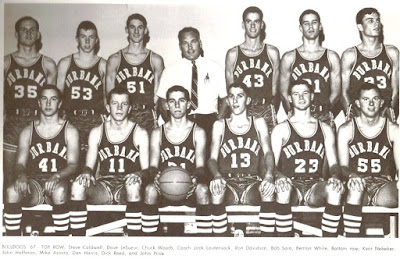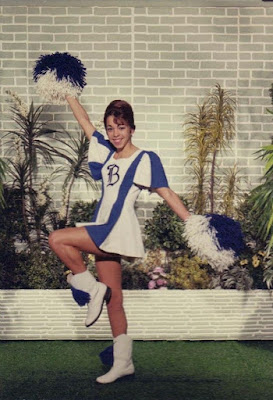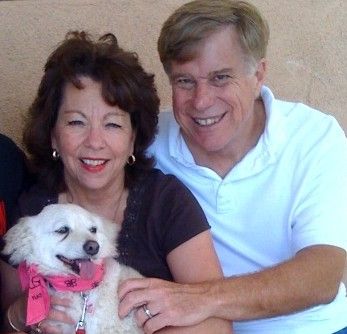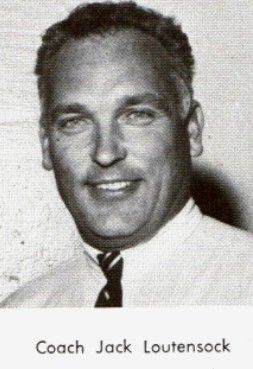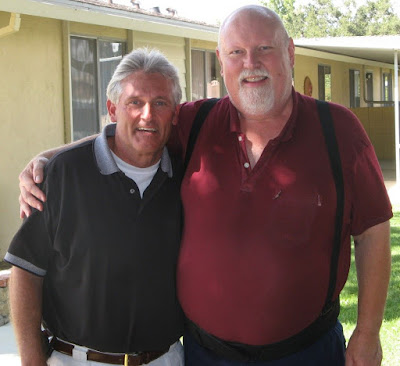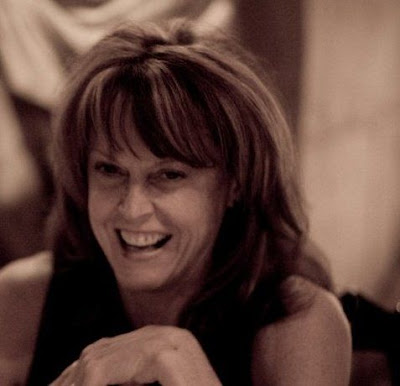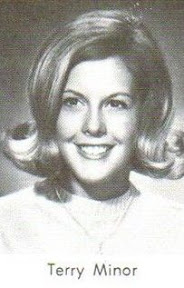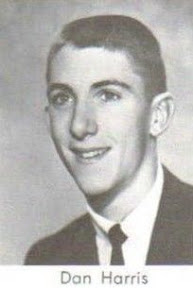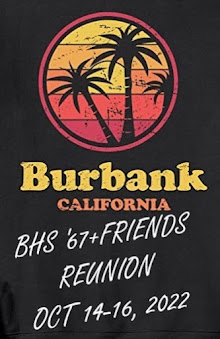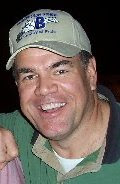What Plane?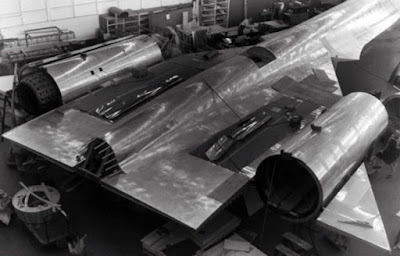 As suburban secrets go, building an invisible aircraft in the heart of a city is a doozy
As suburban secrets go, building an invisible aircraft in the heart of a city is a doozy
by Annie Jacobsen
March 8, 2009
Los Angeles Times
source
If you were to transform this story into a movie and the line at the end of the credits read, “This is based on a true story,” no one would believe it.
Back in the 1950s, there was a top-secret program code-named SUNTAN being conducted at a top-secret facility called Skunk Works. Its objective? To develop a liquid-hydrogen-powered spy plane. Because liquid hydrogen is incredibly volatile, early experiments were conducted inside a bomb shelter with eight-foot-thick walls.
The engineer in charge built what he called his “own hydrogen-liquefaction plant.” At first, tests began in Dixie cups, but before long the place was producing more liquid hydrogen than anywhere in America. “We wore grounded shoes and couldn’t carry keys or any metallic objects that might spark,” he recalls. “We installed a nonexplosive electrical system and used only nonsparking tools.”
Still, storing liquid hydrogen presents a very clear danger. And in the spring of 1959, a stove only 700 feet away from the tank caught fire. Extinguishers were ineffective. When local firefighters showed up, they didn’t have top-secret security clearances, so according to the engineer, the facility’s guards wouldn’t let them on site. Fortunately, the hydrogen tank did not explode, but with the project capable of blowing up the surrounding area, it was deemed too dangerous to proceed. The public was never the wiser, Project SUNTAN met its end, and Skunk Works returned millions in “black operation” money to the Air Force. The thing is, that covert spy-plane project was but one in a long line of secret projects being worked on at the same hide-in-plain-sight location—Burbank.
The facility was Lockheed Aircraft Corporation—now Lockheed Martin—and the engineer, later the director of Lockheed’s supersecret division, was Ben Rich. And all of this really did happen in beautiful downtown Burbank. Colonized by a dentist in 1867, it’s the sleepy L.A. suburb that, a century later, Johnny Carson would immortalize as the picture of normal and nondescript.
Who would have thought that in the 1950s, Burbank was a hotbed of international espionage? “It would have been hard for people to imagine the kinds of things we were doing there,” says Edward Lovick, the 90-year-old California physicist who worked at Lockheed in the Skunk Works facility (also called Advanced Development Projects) and would become known among colleagues as the grandfather of stealth.
After work on the liquid-hydrogen plane was halted, the goal for Skunk Works became developing an invisible aircraft—invisible to radar, that is. With stealth technology, the U.S. could spy on its Cold War adversaries without running the risk of getting caught. These days, the idea of stealth bombers is business as usual—heck, they even do flyovers at football games. But back then, inventing the technology was a strictly clandestine activity.
So it was in Burbank that, beginning in 1958, Lovick and a team of scientists and engineers indeed created the invisible airplane—something all kids dream of but hardly imagine could be happening next door. Even though the 2,000 mph aircraft, code-named OXCART, was developed back when Eisenhower was president, it was not declassified by the CIA until 2007. Like its predecessor the U-2 spy plane, OXCART was a collaborative effort between the CIA, the U.S. Air Force and Lockheed. Eisenhower had expressly put the CIA in charge because the Air Force was under tight congressional scrutiny, while the CIA could run OXCART as a black operation—meaning covert and deniable.
Lovick, sporting a colorful Hawaiian shirt and khaki pants and observing the world through large, wire-rimmed glasses, now offers us his perspective on Burbank through the long lens of recollection. He is seated in his home in the San Fernando Valley, surrounded by books, maps and small-scale models of the spy planes he worked on during his 40-year career at Lockheed. Quick-witted and endlessly full of ideas, Lovick and his wife, Sherre, also a former member of Skunk Works (and the person who, on another project, made the window on the catamaran-like ship called Sea Shadow invisible to radar), have recently returned from a grand European tour.
“In the 1940s, Lockheed produced airplanes like the P-38 Lightning, which helped us win the war,” Lovick says. “In the 1950s, Lockheed designed and built the famous U-2.” In May, 1960, Francis Gary Powers was shot down in a U-2 over Russia, and the CIA knew it needed a better spy plane. “Actually, the Russians had been tracking the U-2 long before Powers was shot down. It was only a matter of time before that happened, and the CIA knew it, which is why they had us working on a successor aircraft at the Skunk Works.” The idea for the new spy plane, originally called the U-3, “was to add stealth as an element from paper to plane.”
As Louis Pasteur once remarked, “Fortune favors the prepared mind,” and this was certainly true in Lovick’s case. He was Lockheed’s radar and antennae expert at the time and had been working on microwave theory, which is an integral part of stealth, since it advanced as a new science after the war. “Back then, few people cared much about this relatively new technology. Most engineers were learning about wiring—how power was generated and distributed. I began lab experiments with microwave theory at Caltech, and it was there I learned how to guide wave energy through hollow pipes to a specific location. My becoming an expert was simply a case of being the first one to know anything about it at Skunk Works.”
As Lockheed’s radar man, Lovick grasped how an intimate theoretical knowledge of radar could help in designing a plane that could fool it. So crucial was Lovick’s work that he accompanied his Lockheed boss, legendary airplane designer Clarence L. “Kelly” Johnson, on trips to Washington, D.C., for high-level meetings with the CIA. “Right before Lockheed got the new [spy-plane] contract, we went to a hotel room for a meeting. It was Kelly Johnson, a few science advisers to the president, someone from the CIA and myself. Pillows were put over the heating vents, and the room was checked for bugs before any of us spoke,” Lovick says. “The CIA, who we called ‘the customer,’ was like that. It seemed a little silly to me at the time.”
Before you snicker at the cloak and dagger, it’s important to remember that it was a tenuous time—the height of the Cold War. Both America and the Soviet Union were preoccupied with spying on each other. The CIA required Lockheed employees to report if anyone “foreign born” tried to befriend them. Word was that pay phones just outside the Burbank headquarters were routinely used by Russian spies hoping to eavesdrop on workers’ private calls.
At the same time, each superpower was busy testing nuclear bombs. When considering various forms of espionage available to the CIA—humans, spy planes and satellites (which were then brand new)—aircraft provided a versatile means to secure the most accurate information in determining another country’s weapons capability. Eisenhower’s goal with the Lockheed spy-plane programs was to get more information on the Soviet Union than it had on us, all to prevent nuclear war. The OXCART was able to take photographs showing clear lines in parking lots—from 90,000 feet.
Lovick says he never felt pressure from Johnson, even though making the aircraft undetectable fell squarely on his desk. “Kelly gave me access to all areas. I was a little bit like a professor. I would roam the Skunk Works buildings and talk to various people. Everyone had knowledge. Most of our advances on the low observables [as in, stealth] came from putting together these different ideas.”
If it is hard to imagine the birth of aerial espionage taking place in Burbank, it’s even harder to conceive the materials that helped deliver stealth technology to the world. “There were no computers at our disposal,” Lovick says. “This meant we made all of our calculations on slide rules. We mixed chemicals in vats. We stomped on things like grape stompers.” The results of those hand calculations and old-school chemical trials were astonishing. Not only did Skunk Works create the magic formula that is now known as stealth, but the OXCART flew three times faster than the speed of sound (Mach 3.2), at an altitude 16 miles above the earth. Its state-of-the-art camera could capture 100,000 square miles of terrain per hour. The design was so sophisticated that one of the companies involved remains classified to this day.
It was also Lovick who designed the first anechoic chamber, a shielded, echoless room that allows scientists to test how airplanes will react to radar in the atmosphere. Now standard at all aircraft manufacturers, the one built by Lovick in Burbank was the first of its kind. “It was so quiet in that chamber,” he says, “I could hear my blood flowing through my body.”
As “Cold War-era” as these spy-plane projects may now seem, it’s another key element of aerial espionage born in Burbank that has since become the single most valuable means of surveillance—the pilotless aircraft, or drone, code-named TAGBOARD. Lockheed’s D-21 drone project, classified “above top secret,” was officially kept quiet until 2007. Lovick designed the plane’s antenna, which when it received the necessary signal, would cue the craft to launch off the back of the OXCART.
Because it flew without a pilot, the D-21 was designed to fly over territory where the U.S. was denied access and to take photographs of weapons facilities from altitudes as low as 1,500 feet. But the project was canceled on July 30, 1966, after a fatal accident at sea during the drone’s first official launch. CIA test pilot Bill Park and flight engineer Ray Torick were flying the OXCART 150 miles off the Malibu coast. A follow airplane and rescue boat were nearby. The drone was designed to launch up and off the spy plane at Mach 3, but on this night something went terribly wrong. During separation, the drone pitched down and split the aircraft in half. Park and Torick were trapped inside as it fell more than 20,000 feet. Both managed to eject and fall though the air tethered to their parachutes—remarkably escaping the falling debris—and both made successful water landings. The rescue boat located Park, who was fine, but Torick apparently opened his visor upon landing, which caused his suit to fill with water, and he drowned.
Scientists and engineers at Skunk Works were devastated. Lockheed canceled the program, and the CIA/Air Force continued to hone the technology in other programs. But where would Lockheed flight-test its covert aircraft? Designing and building spy planes and drones in beautiful downtown Burbank may have been one of the century’s best-kept secrets, but there was no way to fly an oddly shaped, Mach-3 aircraft over the San Fernando Valley without causing public alarm.
For that reason, the CIA had arranged for flight testing to begin at a secret military facility in the Nevada desert—the place the world has come to know as Area 51. Find out more about that in next month’s issue of LA (
link).
ANNIE JACOBSEN writes about aviation security and the intelligence community. She lives in Los Angeles.


